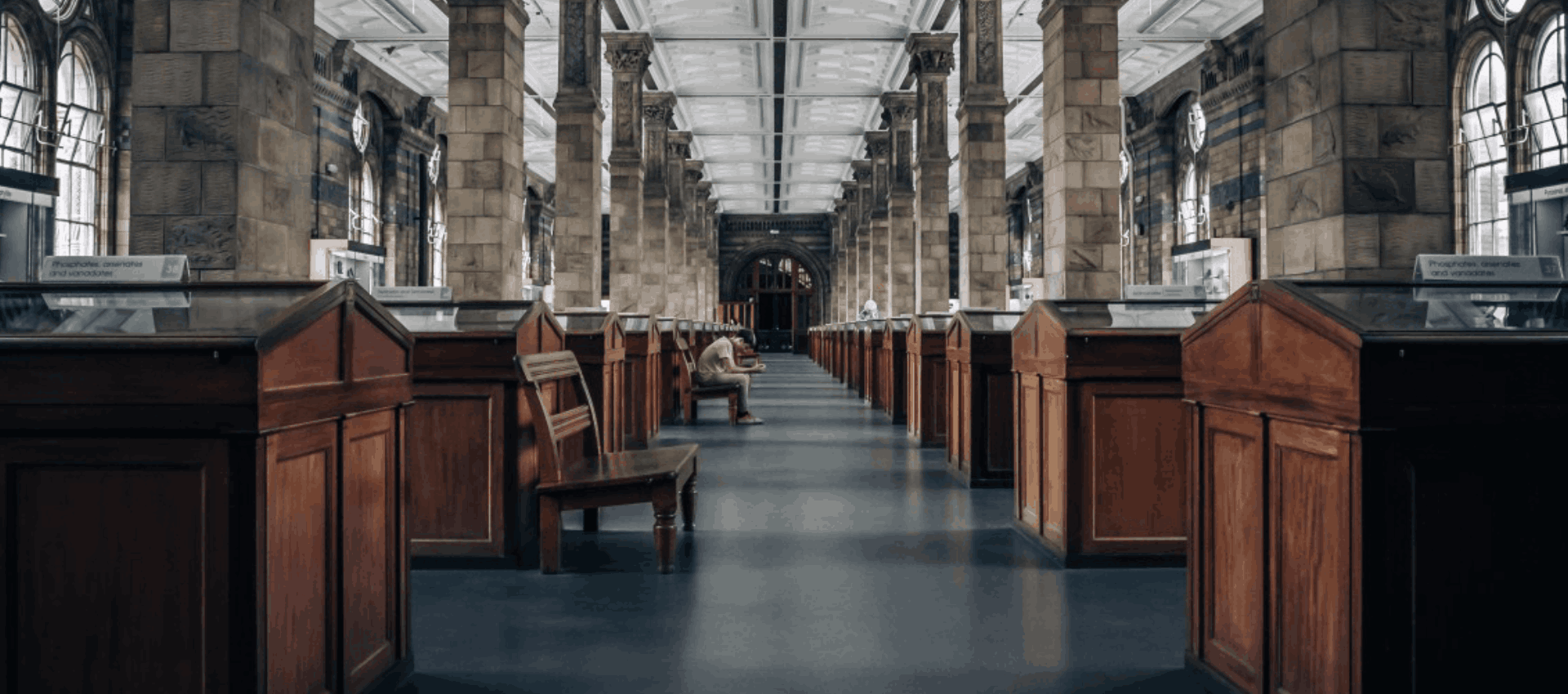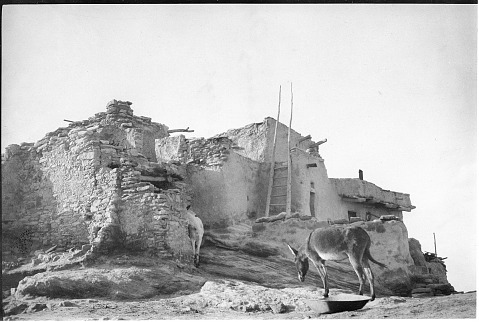Audio of impressions of visiting this site (Dave Warren)
Introduction:
Nestled near the quaint village of El Rito, New Mexico, the Sapawe Pueblo ruins stand as silent witnesses to a vibrant ancestral community that once thrived in the region. These ruins provide a window into the lives and cultural practices of the inhabitants who resided there before the pueblo was abandoned. Here, we will delve into the history of the Sapawe Pueblo and explore what life was like for its inhabitants, drawing upon a range of scholarly sources to provide a comprehensive understanding of this fascinating archaeological site.
A Brief History:
The Sapawe Pueblo, believed to have been constructed around the 13th century, was an integral part of the Native American ancestral Puebloan culture. Located in the northern Rio Grande region, the pueblo was ideally situated for agricultural practices due to the fertile soils and reliable water sources. The Sapawe people skillfully cultivated maize, beans, and squash, forming the backbone of their subsistence economy.
Life Before Abandonment:
Prior to the abandonment of the Sapawe Pueblo, the inhabitants ( who are believed to have been Tewa) enjoyed a rich cultural life, characterized by intricate social structures and spiritual practices. The pueblo was a bustling community, with multi-story adobe structures and communal spaces that served as gathering places for ceremonies and social interactions.
Scholars have unearthed evidence suggesting that the Sapawe people were skilled artisans, adept at creating exquisite pottery and intricate jewelry. Their craftsmanship reflected both their artistic sensibilities and a deep connection to the natural environment. Additionally, the inhabitants engaged in trade networks with neighboring communities, exchanging goods such as turquoise, shells, and obsidian.
Cultural and Spiritual Practices:
The Sapawe Pueblo’s cultural and spiritual practices played a significant role in shaping the daily lives of its inhabitants. Archaeological findings indicate the presence of kivas, subterranean ceremonial chambers, which were central to religious ceremonies and communal gatherings. These sacred spaces were adorned with intricate murals, reflecting the spiritual beliefs and cosmology of the Sapawe people.
Conclusion:
The Sapawe Pueblo ruins near El Rito, New Mexico, offer a tantalizing glimpse into the lives of its ancient inhabitants. Through careful archaeological research and analysis, scholars have unraveled the complexities of this once-thriving community. The Sapawe people’s rich cultural heritage, agricultural practices, and artistic expressions are a testament to their resilience and ingenuity. By exploring the ruins, we gain a deeper appreciation for the diversity and depth of Native American ancestral Puebloan cultures that once flourished in the region.
Note: The Sapawe pueblo is a gated, state-owned site and is closely watched. Anyone entering without permission could be fined $500. This is necessary because of years of vandalism and partying in the area.








